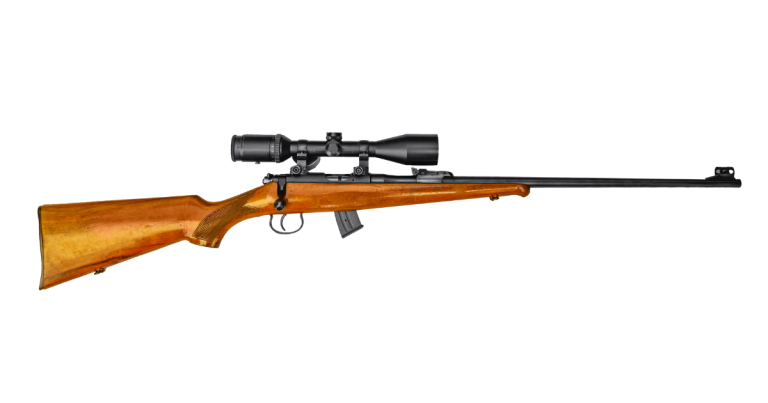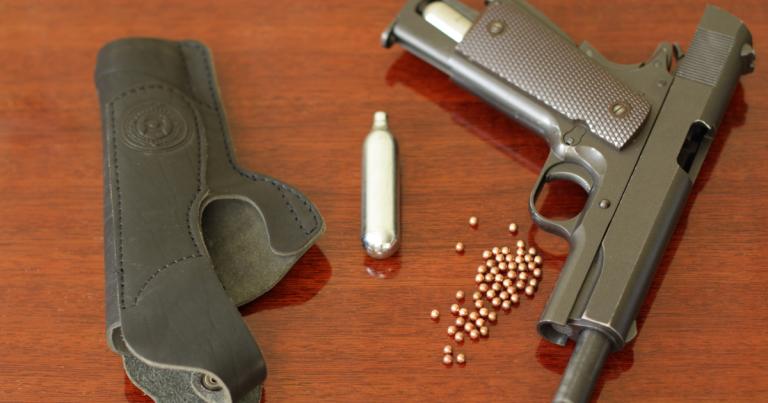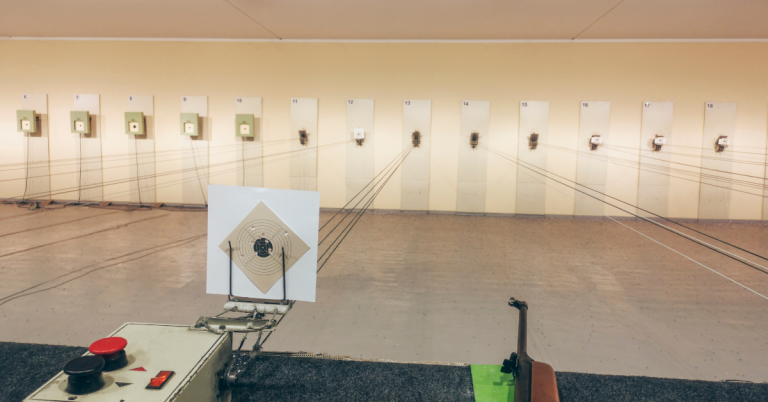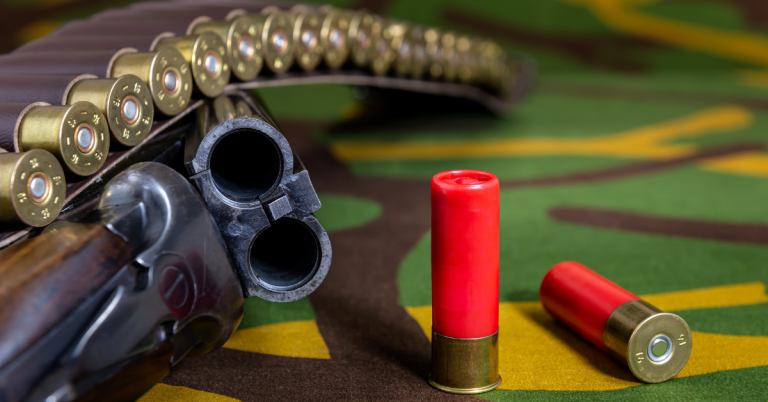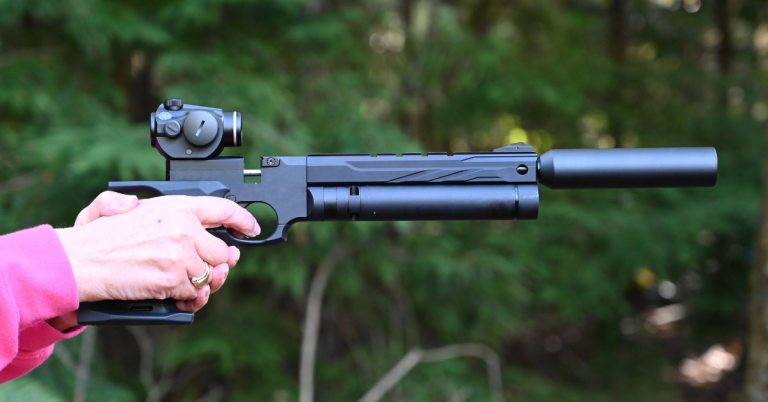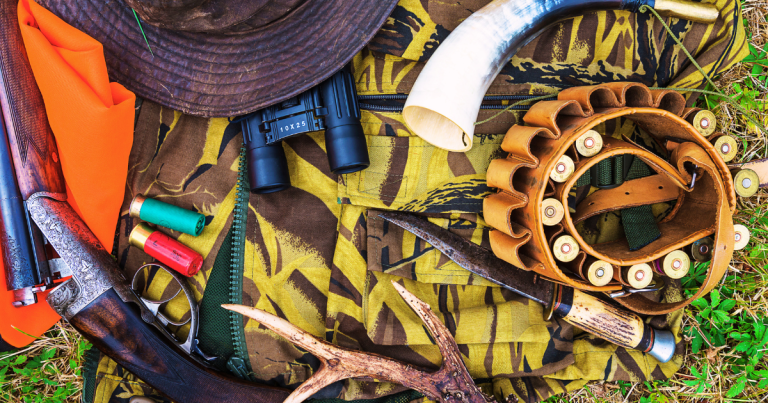Air Pistol Shooting Techniques
Shooting with an air pistol is both an art and a science. It requires a blend of physical control, mental focus, and technical understanding. Here we’ll share some essential tips and techniques to help you improve your accuracy and consistency when shooting air pistols.
The Foundation of Good Shooting: Stance and Grip
Stance: Your stance is the base of your shooting structure. Stand with your feet shoulder-width apart, with the foot opposite your shooting hand slightly forward. This provides balance and stability.
Grip: Hold your air pistol firmly but not too tightly. A death grip can cause tremors and inconsistency. Your grip should be consistent with each shot to aid muscle memory.
Sight Alignment and Sight Picture
Sight Alignment: This is about lining up your front and rear sights correctly. The top of the front sight should be level with the top of the rear sight, and there should be equal space on either side of the front sight.
Sight Picture: Once your sights are aligned, place them over the target. The sight picture should be clear, with the target sitting just above the aligned sights.
Trigger Control
The way you pull the trigger can make or break your shot. Apply steady pressure until the gun fires. Avoid jerking or snapping the trigger, as this can throw off your aim.
Breathing Technique
Breath control is crucial. Inhale and exhale naturally, and hold your breath right before taking a shot. This minimizes body movement and helps maintain a steady aim.
Practice and Patience
Like any skill, proficiency with an air pistol comes with practice. Spend time at the range, and be patient with yourself as you refine your technique.
Consistency is Key
Every aspect of your shooting—from the way you stand and grip your pistol to the way you breathe and pull the trigger—should be consistent. This consistency leads to predictability, which leads to accuracy.
Conclusion
Improving your accuracy and consistency with an air pistol is a journey of continuous learning and practice. By focusing on your stance, grip, sight alignment, trigger control, and breathing technique, you can enhance your shooting skills. Remember, the goal is not just to hit the target but to know why you hit it and to be able to do it again and again.
FAQs
What is the ideal weight for an air pistol to ensure good balance and accuracy?
The ideal weight varies by shooter preference, but a well-balanced air pistol typically weighs between 1 to 2 pounds. This allows for steadiness without causing undue arm fatigue.
How can I improve my focus and mental preparation for shooting?
Mental preparation can be improved through visualization techniques, where you mentally rehearse the shooting process, and through relaxation exercises to reduce anxiety and improve concentration.
Are there specific exercises to strengthen the muscles used in air pistol shooting?
Yes, exercises like wrist curls, forearm pronation/supination, and shoulder stabilization routines can strengthen the muscles involved in shooting and help improve stability and control.
What are the common mistakes to avoid while learning air pistol shooting?
Common mistakes include over-gripping the pistol, inconsistent stance, rushing the shot, not following through after the shot, and neglecting to practice dry firing to improve trigger control.
Can air pistols be modified to fit personal ergonomics, and how does this affect shooting?
Many air pistols allow for modifications such as adjustable grips and trigger settings. Personalizing your pistol can significantly improve comfort, control, and ultimately, shooting accuracy.

